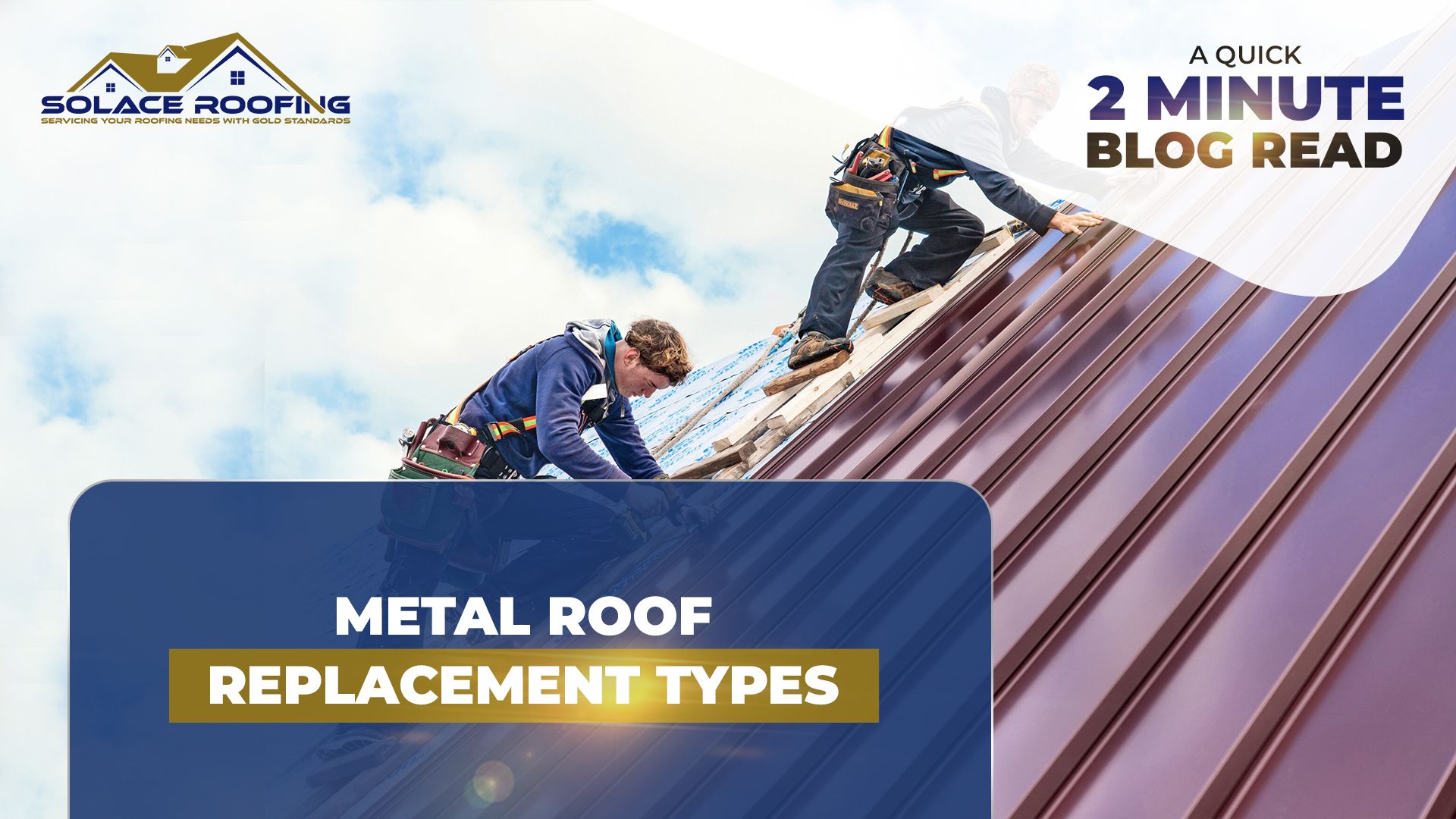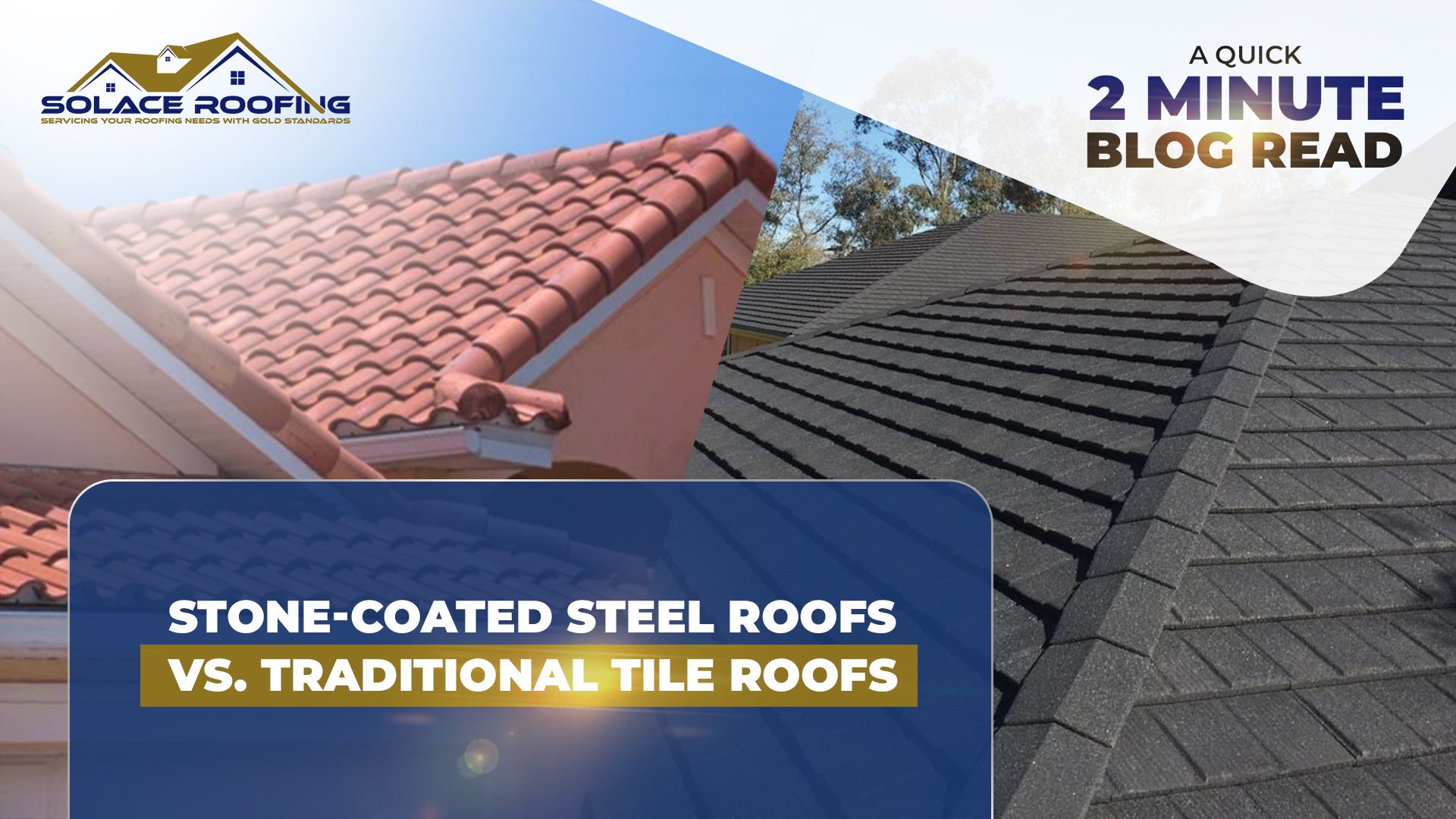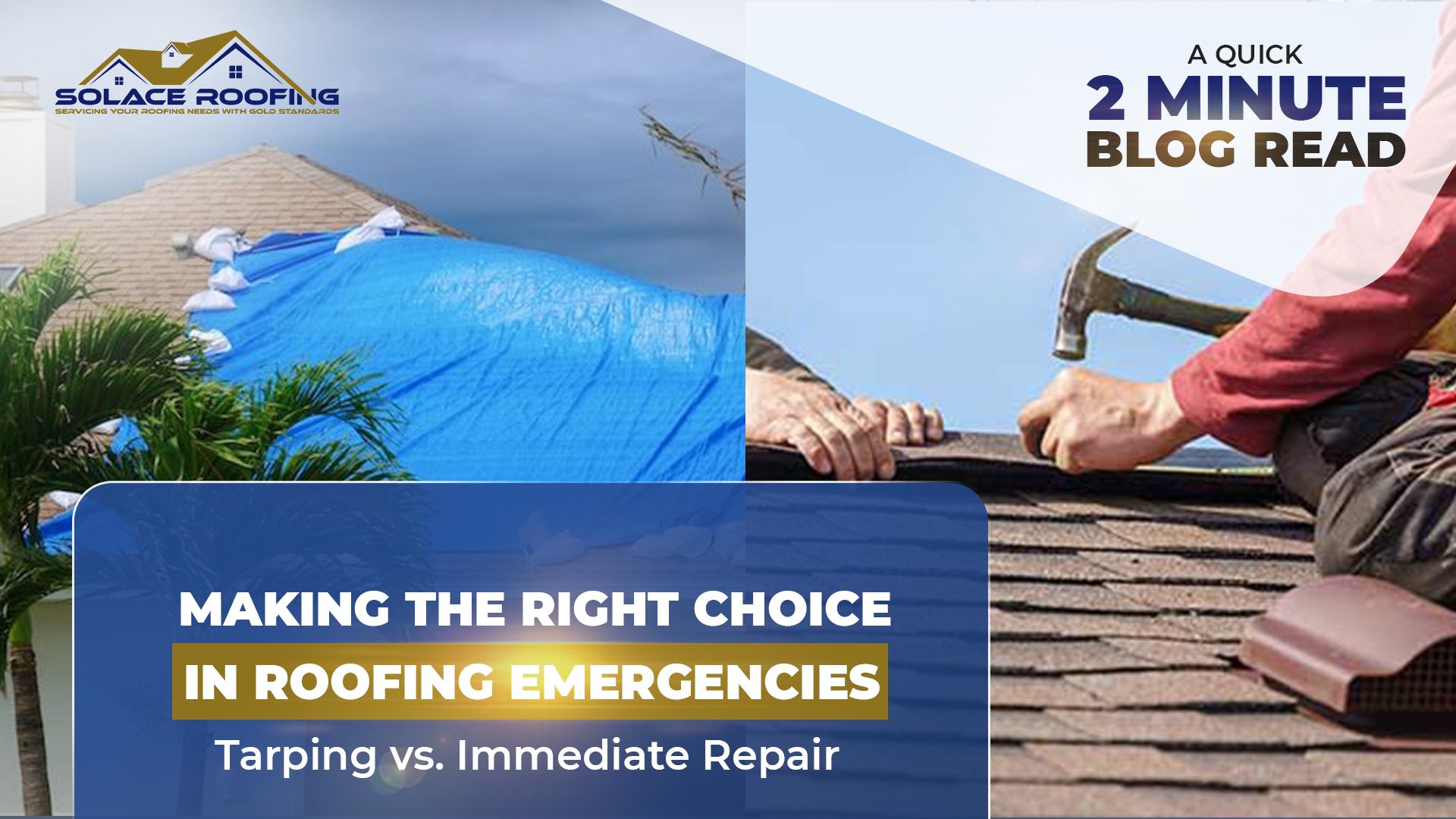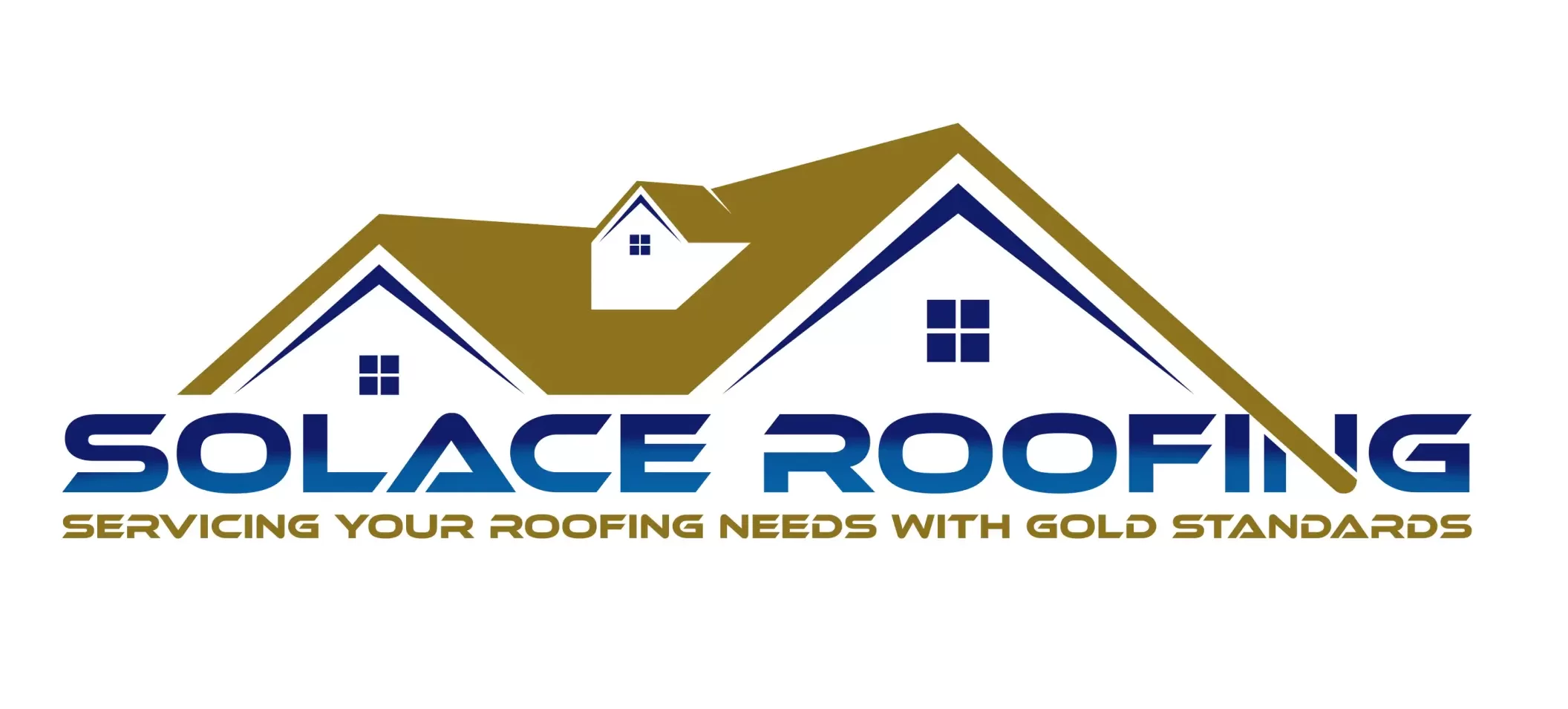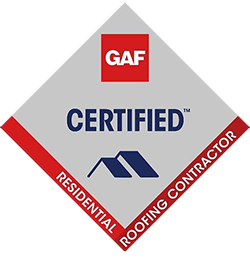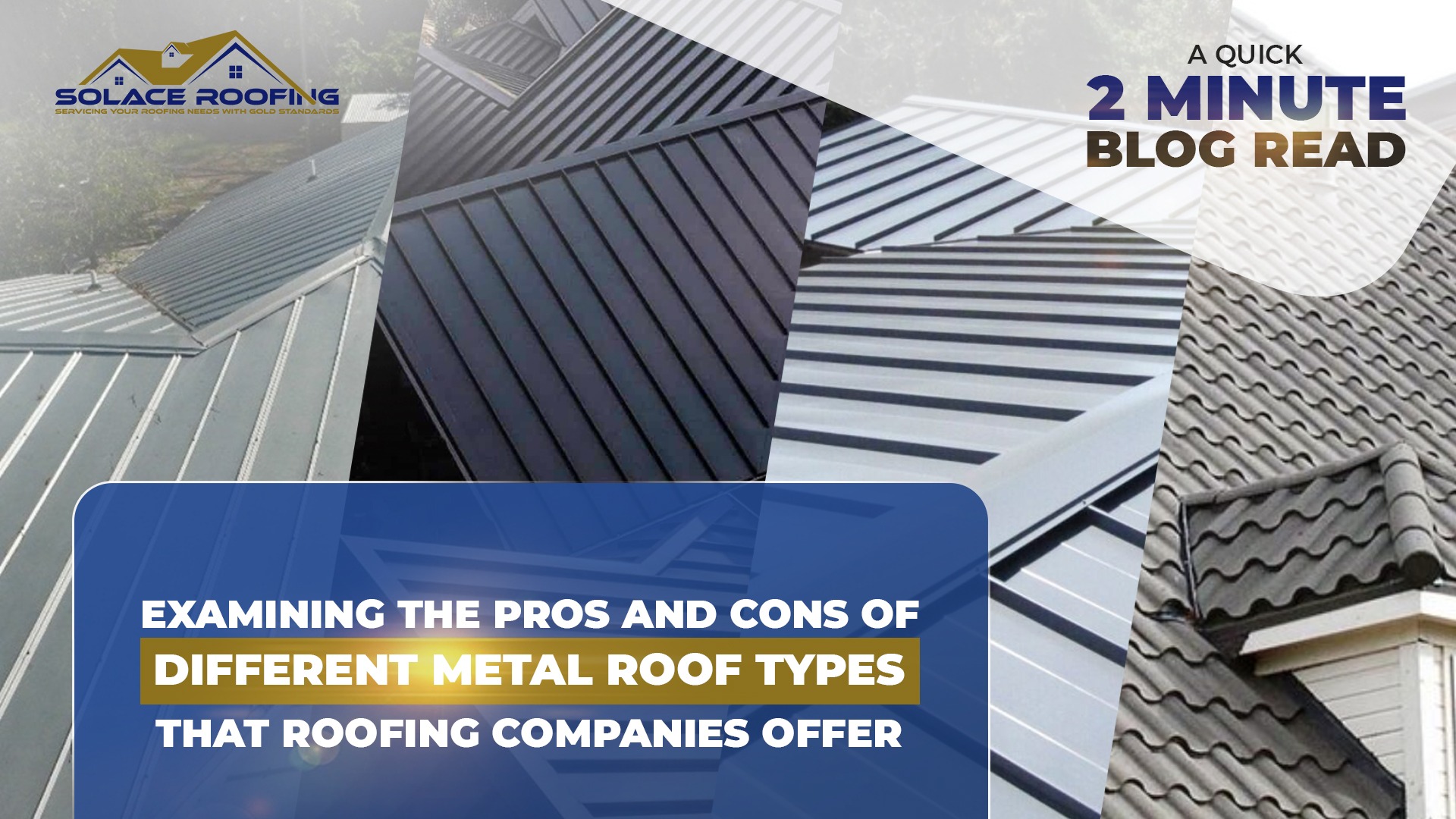
As a roofing company, offering a variety of options to clients is crucial. Metal roofing is gaining popularity due to its durability, energy efficiency, and aesthetic appeal. In this article, we will delve into several metal roof types that your local roofing company should recommend to clients while keeping both their advantages and disadvantages in mind. We will focus on Corrugated Metal (known as 5V Crimp), Standing Seam, Mechanically Fastened Standing Seam, Aluminum, and Stone-Coated Steel roofing options, enabling you a comprehensive guidance to determine what system is best for you.
1. Corrugated Metal Roofing (5V Crimp) – Exposed Fasteners
Corrugated metal roofing is a classic choice known for its affordability, durability, and straightforward installation. However, it has its downsides:
**Advantages:**
– **Affordability**: Corrugated metal is budget-friendly, making it an excellent option for homeowners with financial constraints.
– **Ease of Installation**: The lightweight nature of corrugated panels simplifies the installation process, reducing labor and material costs.
– **Excellent Water Shedding**: The ridges and valleys in corrugated metal panels allow for efficient water shedding, minimizing the risk of leaks.
– **Material Variety**: Corrugated metal roofs come in different materials, including steel and aluminum, offering homeowners a choice to suit their preferences and budgets.
**Disadvantages:**
– **Limited Aesthetic Appeal**: Corrugated metal may not be the most visually appealing option, lacking the modern and clean look that some homeowners prefer.
– **Durability in Extreme Weather**: While it is durable, corrugated metal may not be the best choice in areas with severe weather conditions like hurricanes.
2. Standing Seam Metal Roofing (Snap Max) – Hidden Fasteners
Standing seam metal roofing offers a premium look and long-term performance. It features raised seams running vertically along the panels, but it is not without drawbacks:
**Advantages:**
– **Durability**: Standing seam roofs are built to last for decades, making them an excellent investment.
– **Low Maintenance**: Minimal maintenance is required, reducing long-term costs for homeowners.
– **Energy Efficiency**: The high reflectivity and emissivity of standing seam roofs help lower cooling costs by reflecting solar heat.
– **Customization**: Standing seam roofs come in various colors, materials, and profiles, allowing homeowners to match their design preferences.
**Disadvantages:**
– **Higher Cost**: The premium quality of standing seam roofs is reflected in their price, making them a more significant financial investment.
– **Complex Installation**: Installation may be more complicated, requiring skilled labor and potentially increasing installation costs.
3. Mechanically Fastened Standing Seam (Peak Max) – Hidden Fasteners
Mechanically fastened standing seam roofing is a variation of traditional standing seam roofing known for its structural integrity. However, it also has its drawbacks:
**Advantages:**
– **Strength**: Mechanically fastened standing seam roofs have enhanced structural strength, making them suitable for areas prone to severe weather conditions.
– **Simplified Installation**: This type of standing seam roofing is easier to install, reducing labor costs.
– **Wide Material Choices**: Homeowners can choose from a range of materials, including steel, aluminum, and copper.
– **Weather Resistance**: Mechanically fastened seams provide additional protection against wind, rain, and snow.
**Disadvantages:**
– **Higher Initial Costs**: The strength and performance of mechanically fastened standing seam roofing come with a higher initial cost.
– **Complex Installation**: While easier than traditional standing seam, installation can still be more complex compared to other roofing types.
4. Aluminum Roofing
Aluminum roofing is a versatile option that comes in Corrugated (5V), Standing Seam, & Mechanically Fastened Standing Seam and offers aesthetics and durability but also has some downsides:
**Advantages:**
– **Corrosion Resistance**: Aluminum naturally resists corrosion, making it ideal for areas with high humidity or saltwater exposure.
– **Lightweight**: Aluminum is one of the lightest roofing materials, reducing the structural load on a building.
– **Low Maintenance**: Aluminum roofs require minimal upkeep, a significant advantage for homeowners.
– **Energy Efficiency**: Reflective coatings can be applied to enhance energy efficiency, reducing cooling costs.
**Disadvantages:**
– **Higher Initial Cost**: Aluminum roofing tends to be more expensive than other metal roofing options.
– **Denting**: Aluminum is more prone to denting compared to steel or copper.
5. Stone-Coated Steel Roofing
Stone-coated steel roofing combines the durability of steel with the traditional appearance of shingles or tiles. However, it also has its share of drawbacks:
**Advantages:**
– **Aesthetic Versatility**: This roofing type mimics the look of traditional materials like clay, slate, or wood, offering a wide range of design options.
– **Durability**: Stone-coated steel roofs are known for their long lifespan and resistance to weather-related damage.
– **Low Weight**: These roofs are typically lighter than their traditional counterparts, which can reduce the structural load on the building.
– **Energy Efficiency**: Reflective finishes can be applied to improve energy efficiency, making stone-coated steel roofing an eco-friendly choice.
**Disadvantages:**
– **Higher Cost**: Stone-coated steel roofing is generally more expensive than traditional asphalt shingles.
– **Maintenance**: While it requires less maintenance than traditional roofing materials, it may still need some upkeep to maintain its appearance and integrity.
Conclusion
When assisting clients in choosing the right metal roofing type, it’s crucial for local roofing companies to consider both the advantages and disadvantages of each option. By offering a balanced view of the pros and cons, your local roofing company can guide its homeowners towards the most suitable choice for their needs, preferences, and budgets. Whether it’s corrugated metal (5V), standing seam, mechanically fastened standing seam, aluminum, or stone-coated steel roofing, informed recommendations can lead to satisfied clients.

